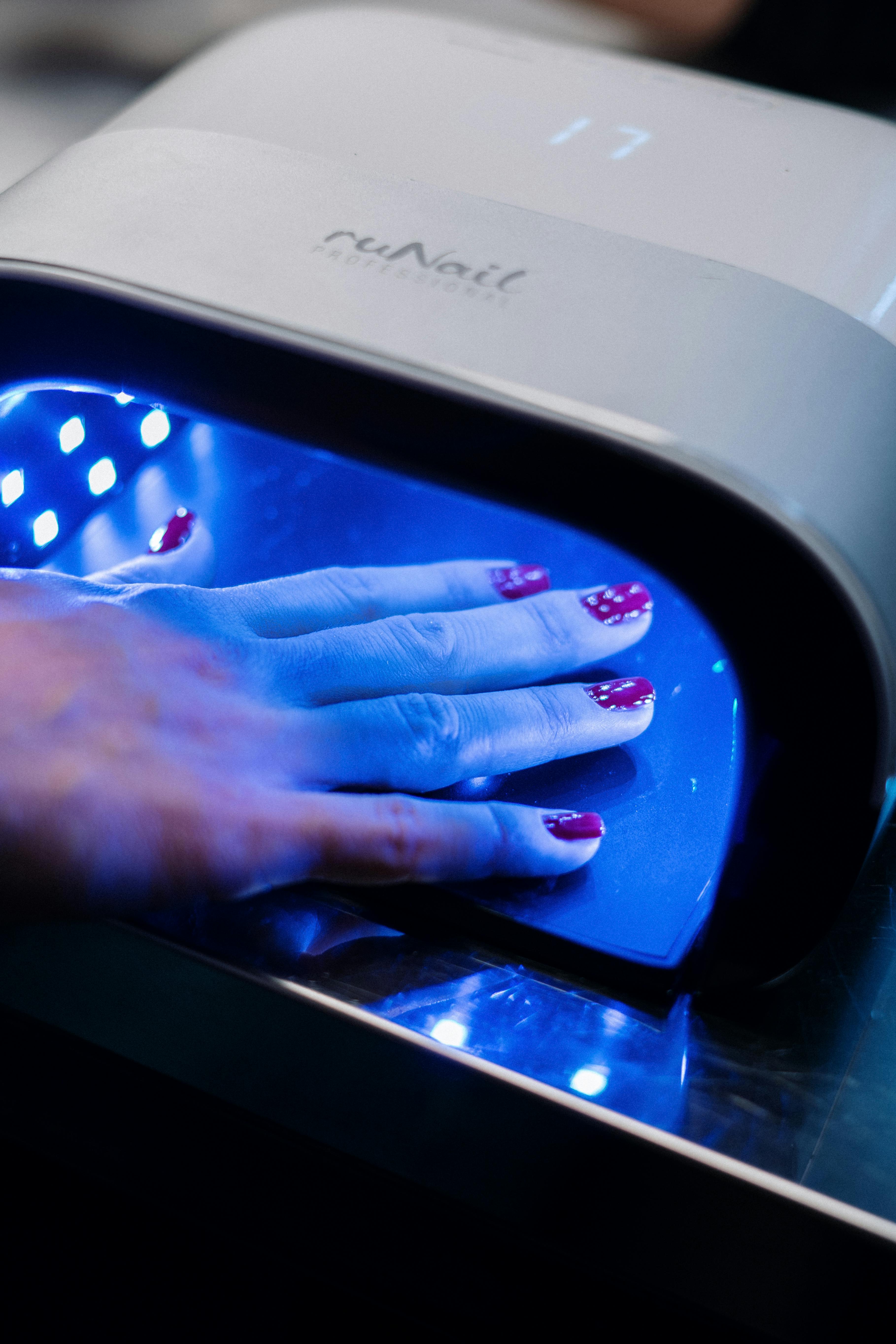Nail School: Education, Skills, and Career Paths
Nail school provides structured training for people who want to work with nails professionally. Courses typically combine hands-on practice with classroom lessons on sanitation, client communication, nail anatomy, and product chemistry. Students learn technical services such as manicures, pedicures, artificial enhancements, and basic nail art, while also developing consultation and business skills that support work in salons, spas, or as independent technicians. Programs vary by length and scope, and many are designed to prepare students for licensure or certification required by local regulatory bodies.

What skills are taught about nails?
Nail programs emphasize both technique and safety. Core skills include natural nail care, cuticle management, shaping, buffing, and application and removal of polish. Training also covers enhancement systems (acrylic, gel, and dip powders), filing and sculpting, and basic nail art techniques. Instructors often focus on maintaining consistent shape and thickness, recognizing common nail conditions, and selecting appropriate products for different nail types. Strong manual dexterity, attention to detail, and steady hand skills are reinforced through repetitive practice.
How does nail work fit into beauty services?
Nail services are a specialized segment of the broader beauty industry, often offered alongside hair, skin, and spa treatments. Nail technicians collaborate with estheticians and hairstylists to create cohesive client experiences that emphasize appearance and well-being. Understanding customer expectations, retail recommendations, and appointment flow helps technicians integrate into salons and spas. Nail services can also enhance a beauty business’s revenue mix through add-on treatments, seasonal offerings, and promotional packages, while keeping focus on hygiene and client comfort.
What should you expect from nail education?
Nail education typically balances theory and practical hours. Coursework often includes anatomy of the nail, infection control, chemical safety, product knowledge, and state or regional regulations. Students complete supervised practice on models and simulated clients to meet competency requirements. This article is for informational purposes only and should not be considered medical advice. Please consult a qualified healthcare professional for personalized guidance and treatment. When researching programs, look for accredited schools, clear curricula, and connections to local services or licensing boards in your area.
How can a nail license shape your career?
A license or certification establishes credibility and is frequently required to work in regulated salons or spas. With foundational training, careers can branch into salon technician roles, freelance/mobile services, salon management, education, or product representation. Business skills — booking, pricing, client retention, and inventory management — are important for long-term stability. Career trajectories vary depending on additional education, networking, and specialization (for example, advanced nail art or corrective nail work). Ongoing education keeps skills current and can open opportunities to teach or consult.
What techniques are covered for manicure training?
Manicure training covers the full service workflow: client consultation, sanitation setup, nail shaping, cuticle care, polish application, and finish prepping. Trainees learn both classic manicures and specialized techniques such as gel polish application, soft gel overlays, and dip powder systems. Instruction often includes nail art basics — gradients, stamping, and embellishments — plus safe removal methods to protect natural nails. Emphasis is placed on proper tool sanitation, single-use implements where appropriate, and record-keeping for client allergies or sensitivities.
Conclusion
Nail school equips students with technical competence, safety knowledge, and client-facing skills to enter the beauty workforce. Program formats and regulatory requirements differ by location, so prospective students should verify curricula and licensure prerequisites with accredited schools and local services. With a foundation in technique and business practices, a career in nails offers varied pathways within salons, spas, and independent practice.






